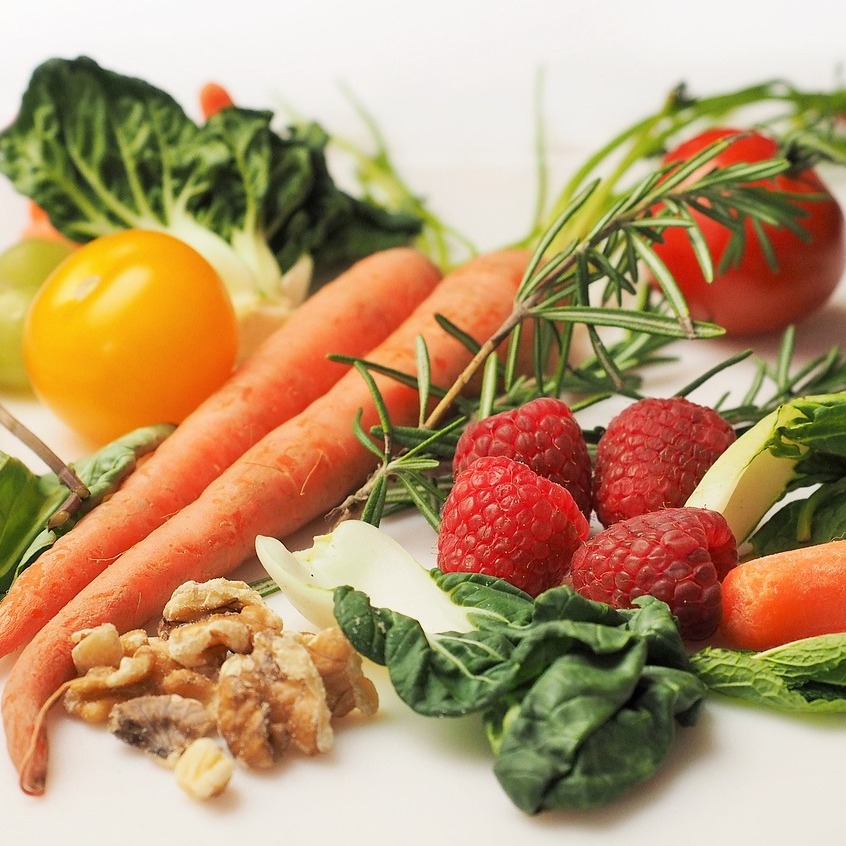
The United Kingdom, with its temperate climate and predictable seasons, offers a conducive environment for both beginners and experienced gardeners. The arrival of May brings a plethora of options for planting a variety of fruits and vegetables. With a little care, these seeds can transform into delicious, organic produce right in your backyard. So, whether you're a gardening novice or a seasoned horticulturist looking to add to your repertoire, here are some of the easiest fruits and vegetables to plant and grow in May in the UK.
1. Tomatoes
Tomatoes are a perennial favourite in many British households and can be grown with relative ease. May is an ideal time to plant them outdoors, once the danger of frost has passed. Choose from an array of varieties like ‘Gardener’s Delight,’ ‘Moneymaker’ and ‘Shirley F1’. Tomatoes enjoy a sunny spot and rich, well-drained soil. Water them consistently to avoid problems like blossom end rot, and you'll be rewarded with juicy tomatoes in just a couple of months.
2. Strawberries
Strawberries are a wonderful fruit to grow, especially if you have children, as they’ll love picking these sweet summer berries. Opt for varieties like ‘Cambridge Favourite’ or ‘Elsanta’. Plant them in well-drained soil in a sunny position. Strawberries can be grown in the ground, in pots or even hanging baskets. Ensure that you protect your plants with a net to avoid birds from feasting on your fruits.
3. Runner Beans
Runner beans are a reliable and easy-to-grow vegetable. They are planted in May, once the threat of frost is over. Provide them with support like a trellis or cane to climb and grow vertically. Choose from a variety of types, including 'Polestar', 'Enorma' and 'Moonlight'. Water regularly, especially during dry spells, and you will be rewarded with a plentiful harvest by mid-summer.
4. Beetroot
Beetroot is a versatile, hardy vegetable that can be sown directly into the soil from mid-May onwards. They thrive in well-drained, fertile soil in a sunny spot. 'Boltardy' and 'Pablo F1' are great varieties for beginners due to their resistance to bolting. They’re fast growers and within 10-12 weeks, you can expect to harvest your homegrown beetroot.
5. Courgettes
Courgettes are an incredibly prolific vegetable and even a single plant can yield a large harvest. Plant them in May in a sunny, sheltered spot with good quality compost. Popular varieties include 'Defender F1', 'Soleil F1' and 'Black Forest'. Remember, courgettes love water, so keep the soil moist. You can start harvesting them in about 8-10 weeks from sowing.
6. Radishes
If you want to enjoy a quick crop, radishes are the way to go. They’re easy to grow from seed and you can expect to harvest them within four to six weeks of planting. 'French Breakfast' and 'Sparkler' are popular varieties. Radishes prefer cool conditions and evenly moist soil. Remember not to overcrowd them while sowing to allow enough space for the radishes to develop.
7. Peas
Peas are another crop that can be directly sown into the ground in May. 'Hurst Green Shaft', 'Kelvedon Wonder' and 'Early Onward' are excellent varieties to grow. Provide support for your peas to climb, and make sure they are in a sunny location with fertile soil. Regular watering is key, and you can expect to harvest fresh, sweet peas in around 12-14 weeks.
8. Salad Leaves
Salad leaves like lettuce, spinach, and rocket can be sown in May. They are simple to grow and can be harvested a few leaves at a time. Directly sow them in fertile, moist soil, in a sunny to partially shaded location. 'All Year Round' lettuce, 'Perpetual' spinach, and 'Wildfire' rocket are easy-to-grow varieties. The beauty of salad leaves is that you can begin harvesting them just a few weeks after sowing.
The real joy of growing your own fruit and vegetables is that you know exactly what has gone into them. It's a healthy, rewarding, and eco-friendly hobby that brings fresh, flavoursome produce right to your doorstep. So, pull on those gardening gloves, grab your trowel, and let's get sowing this May! Remember, while this list is a good starting point, the choice of what to grow should also be guided by your taste and preference. Happy gardening!